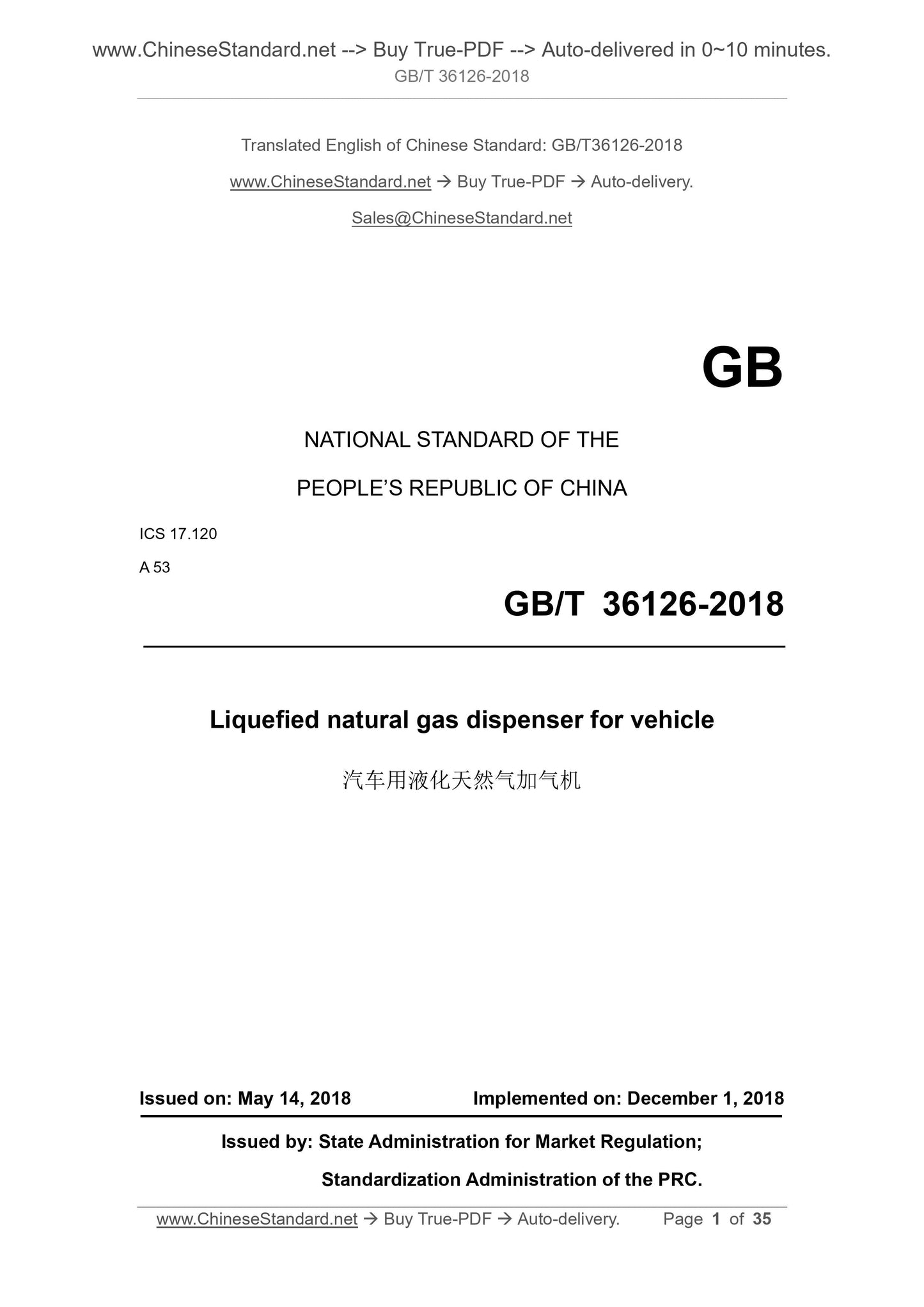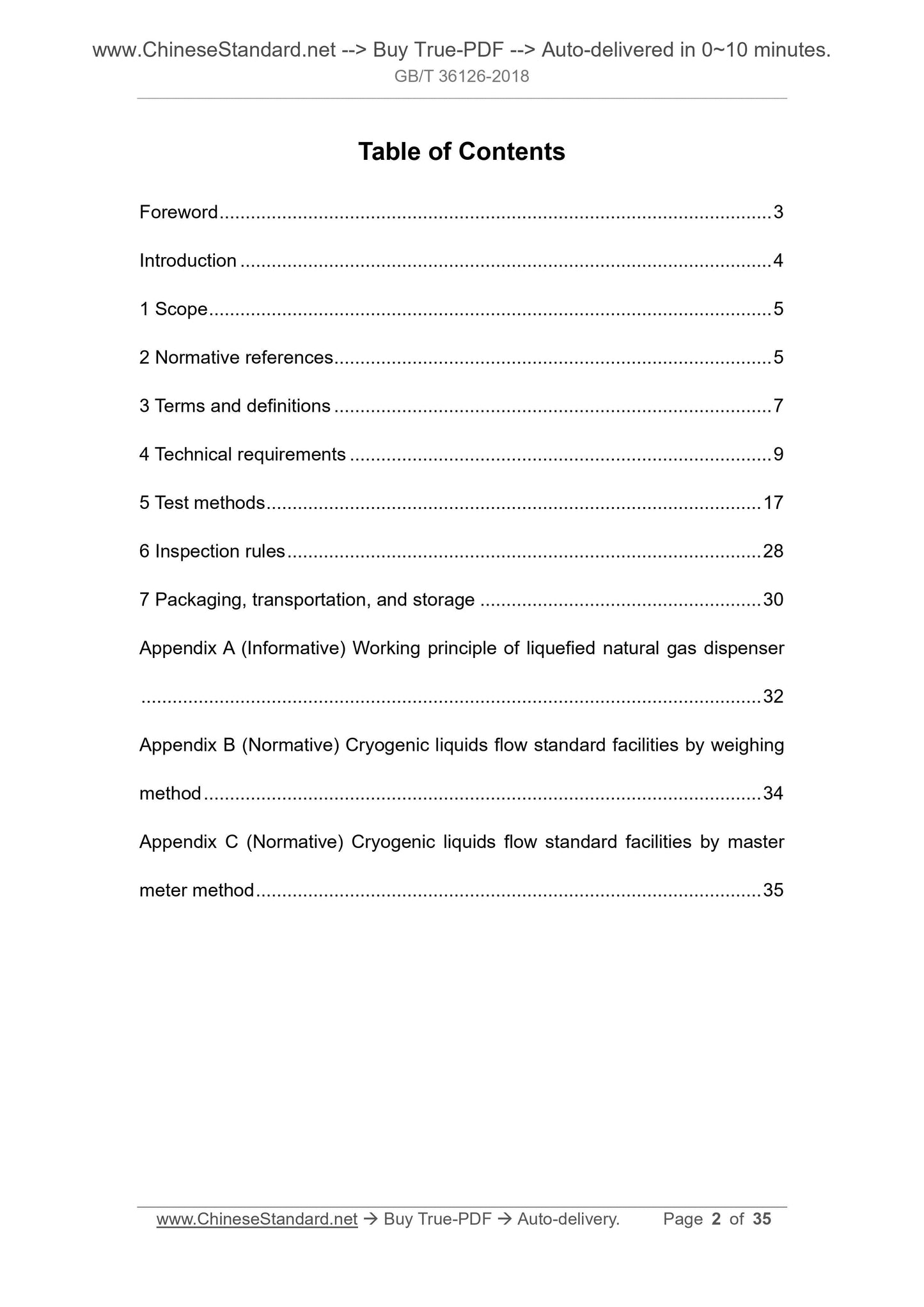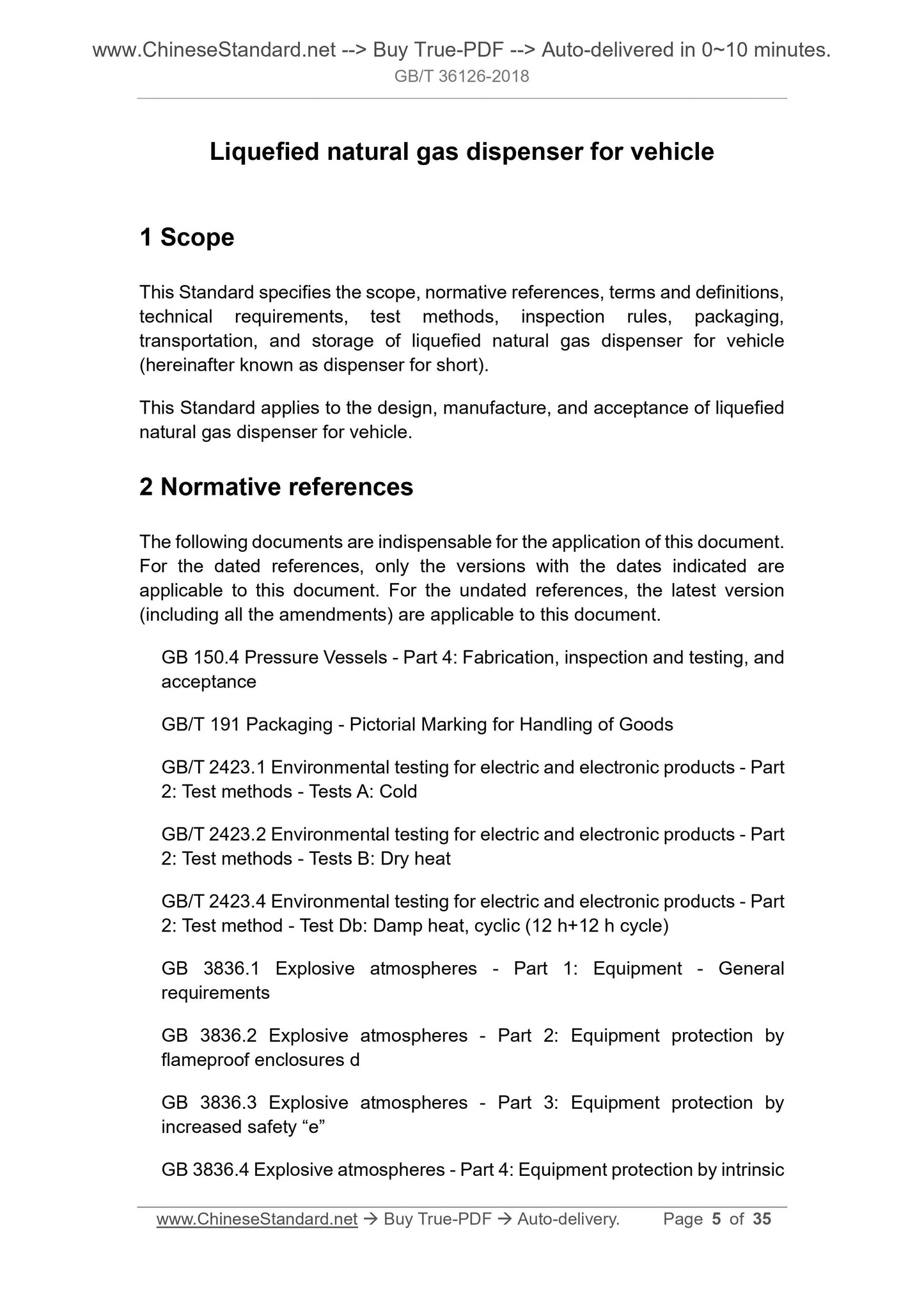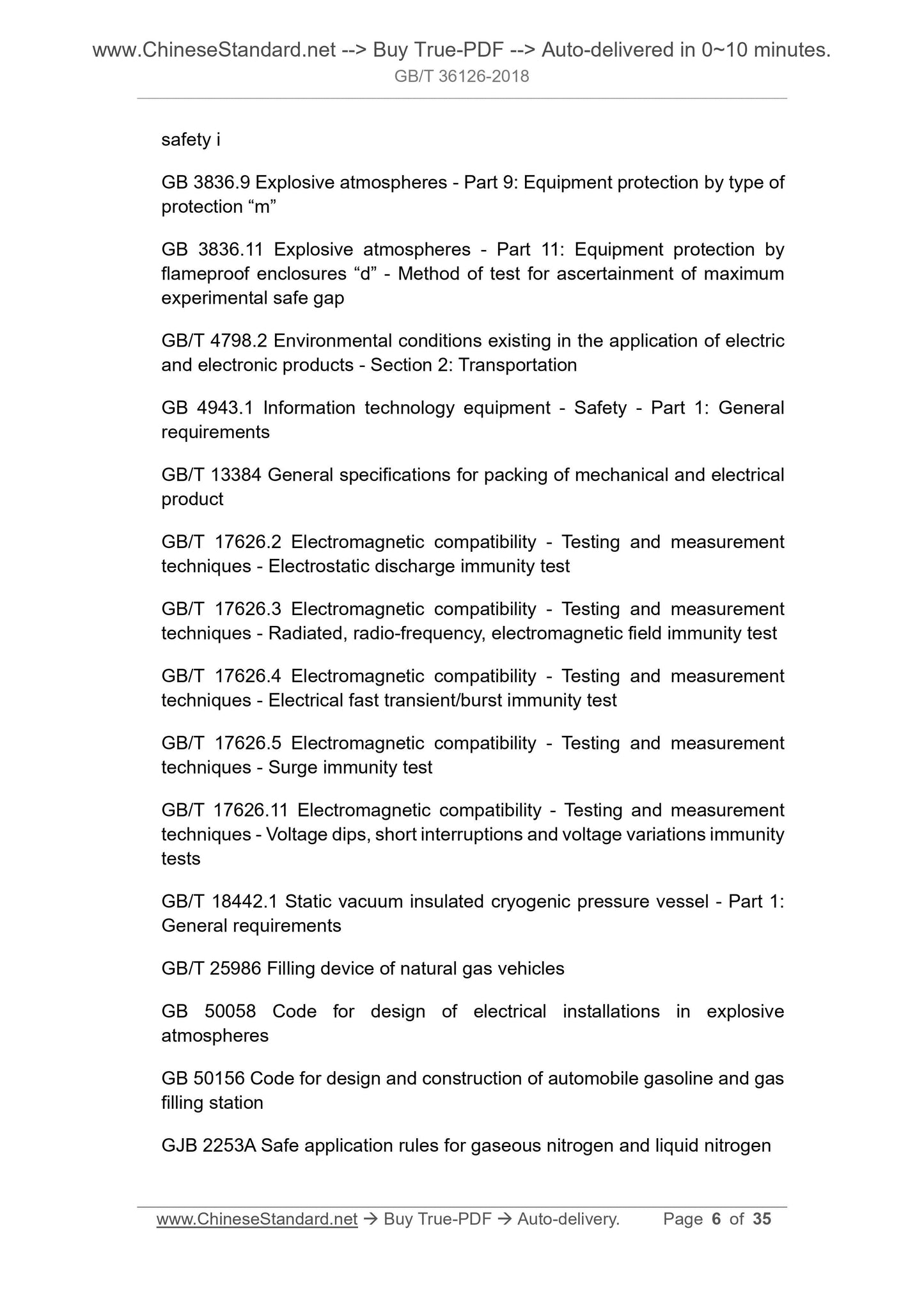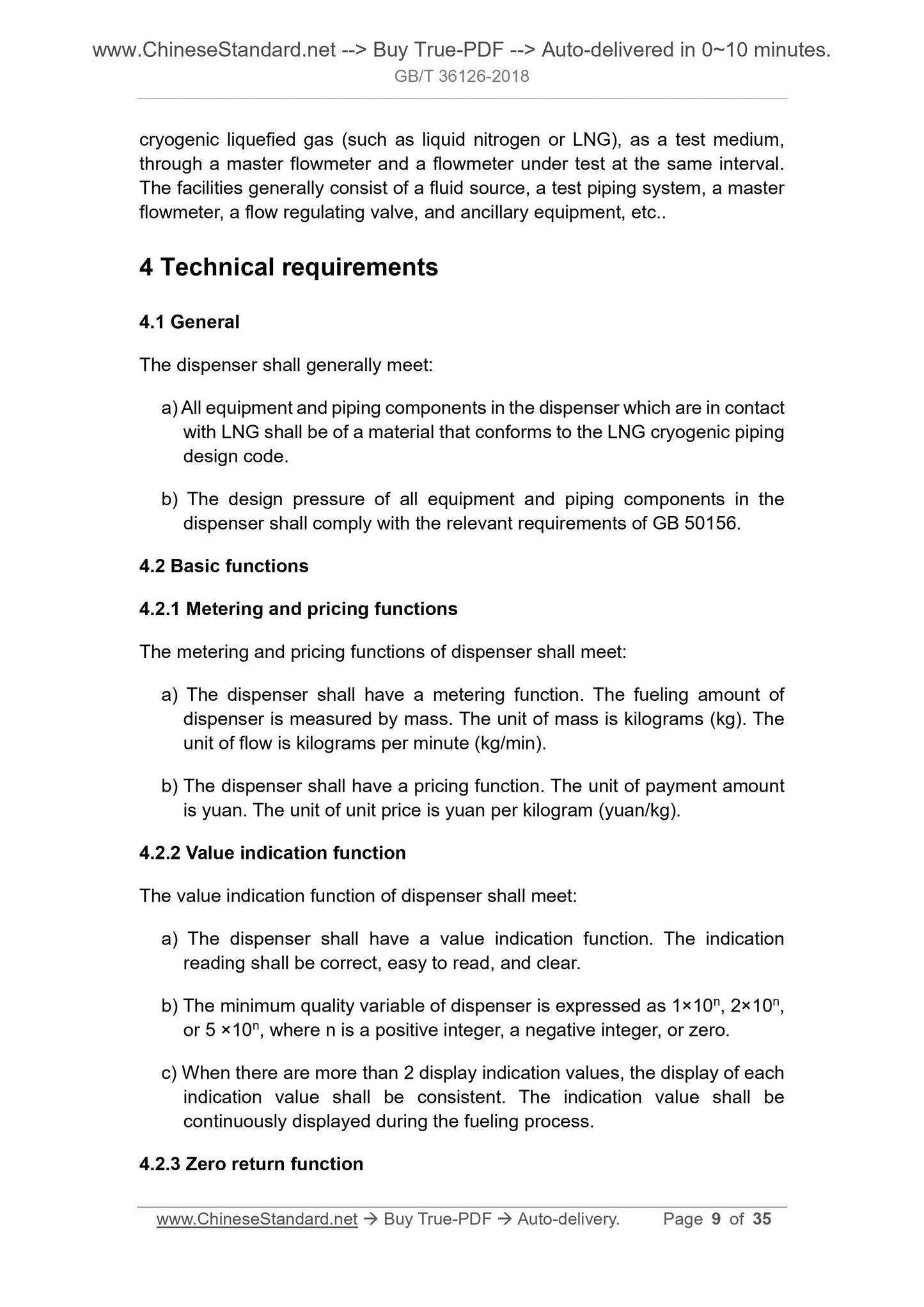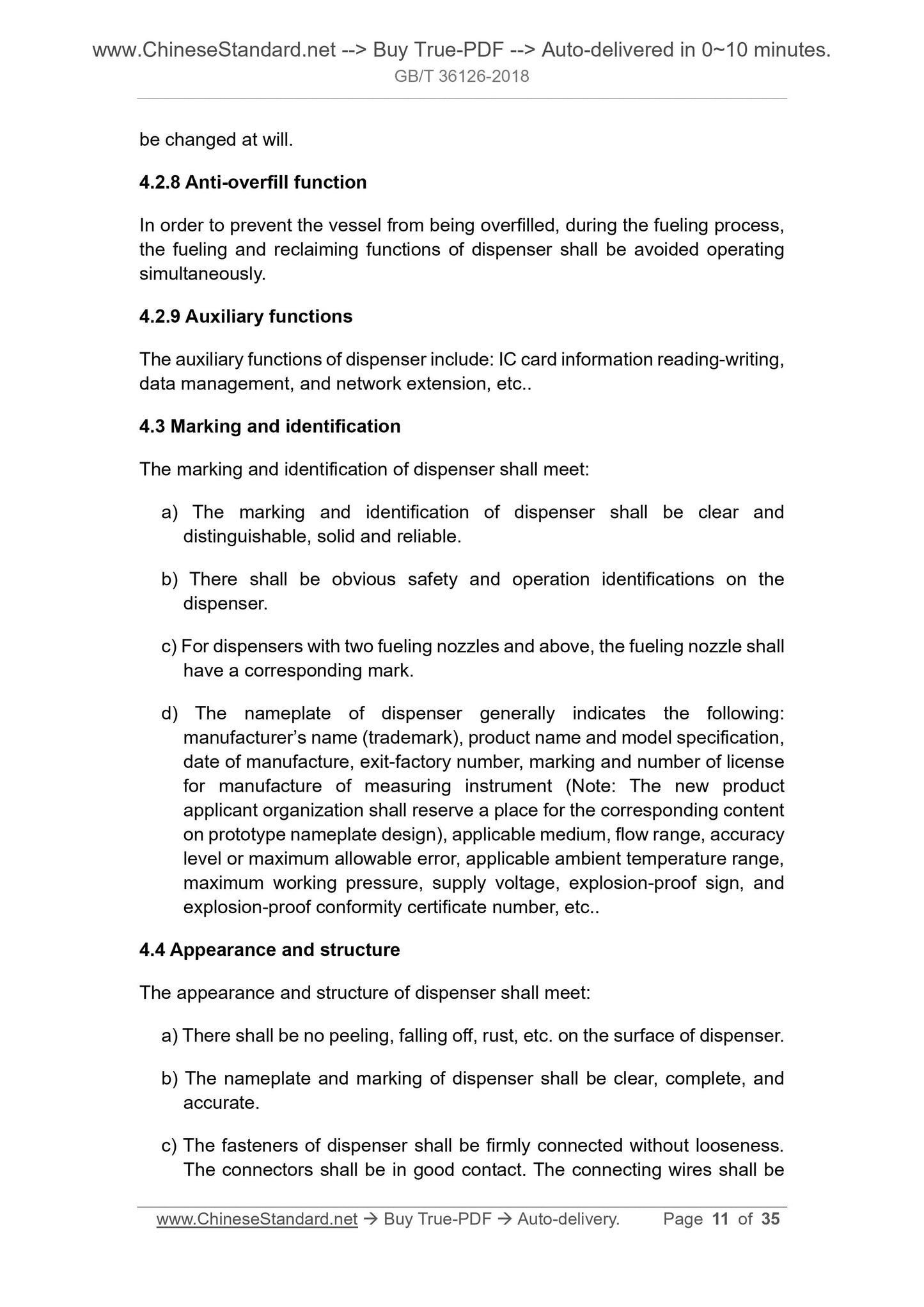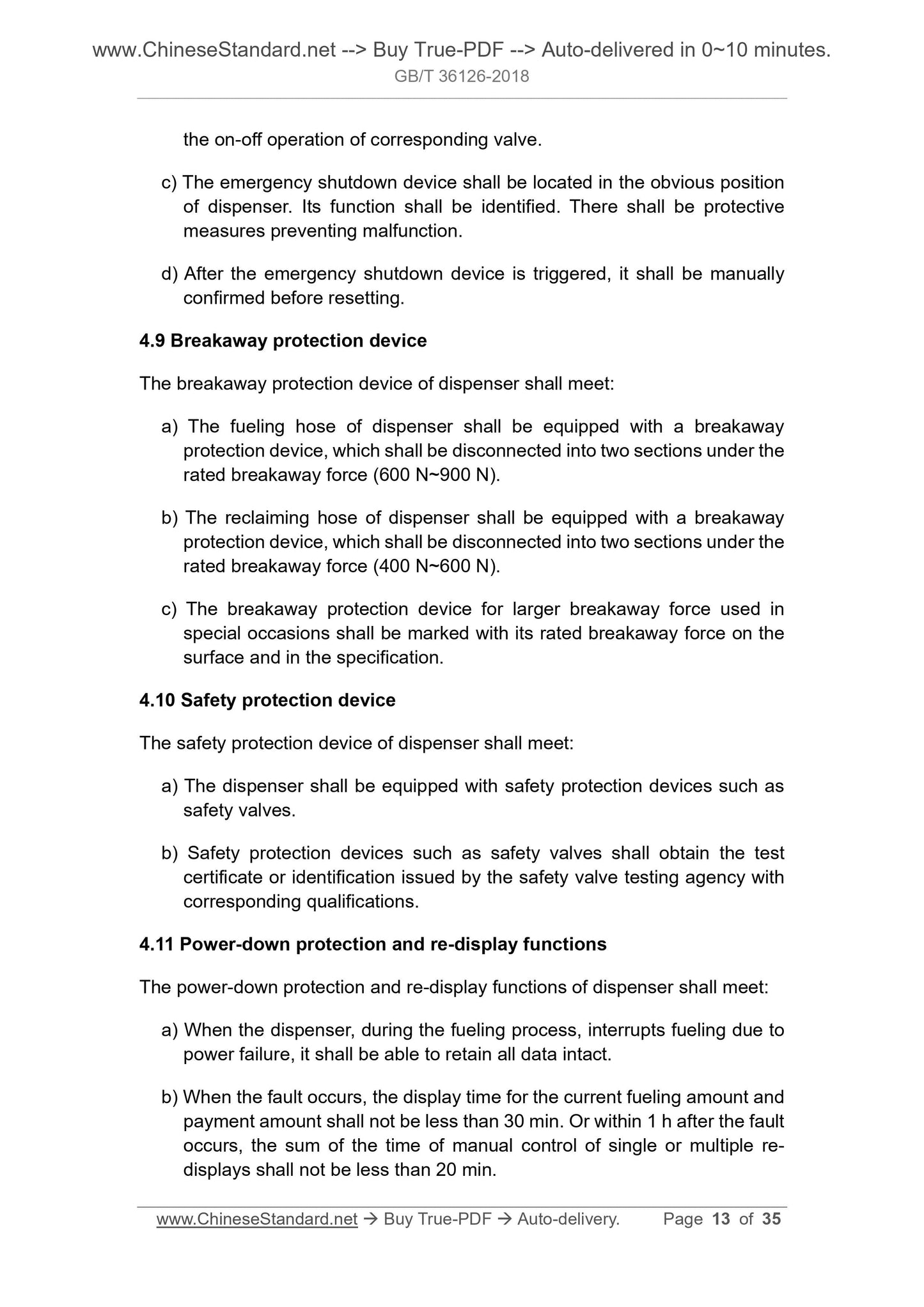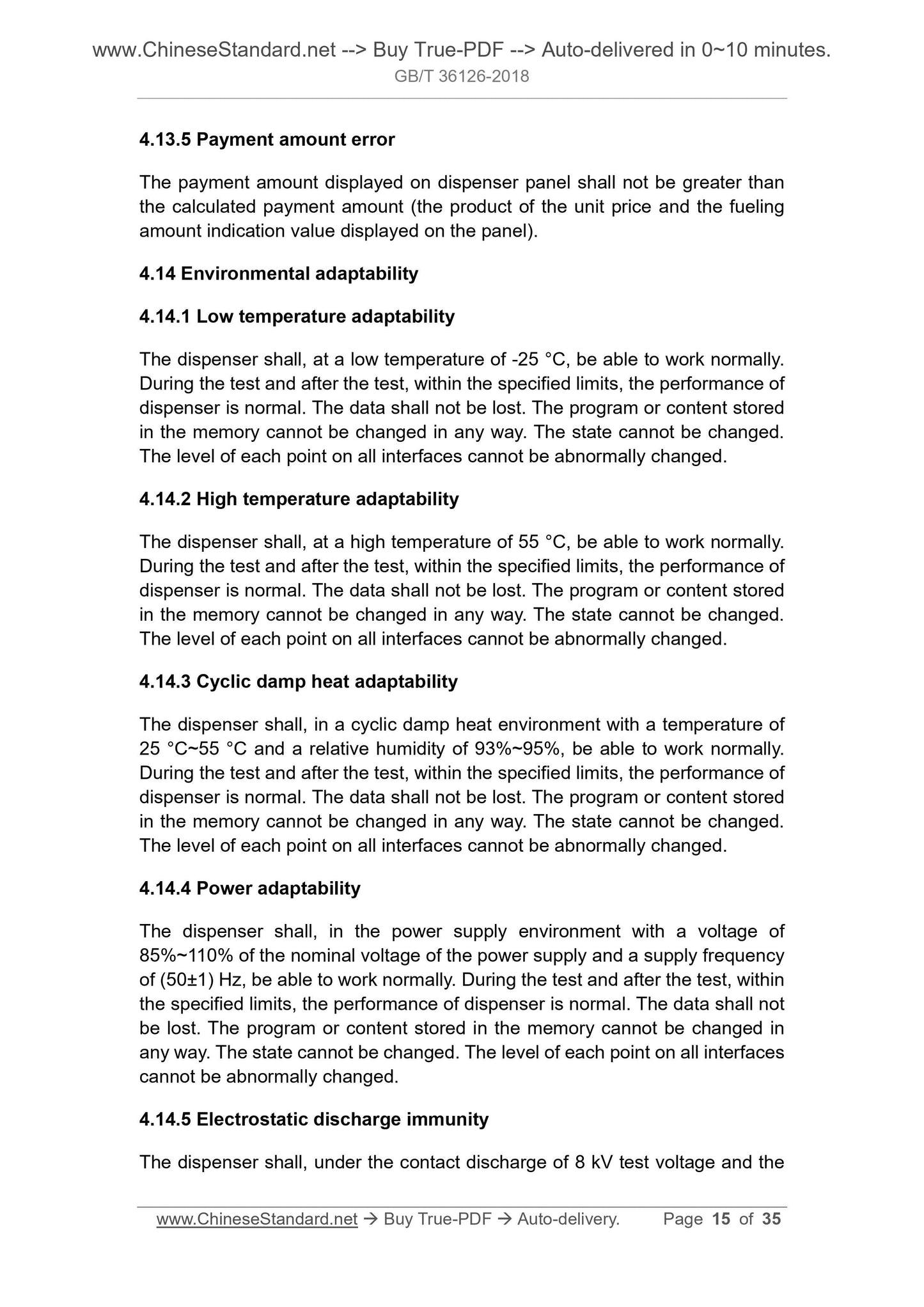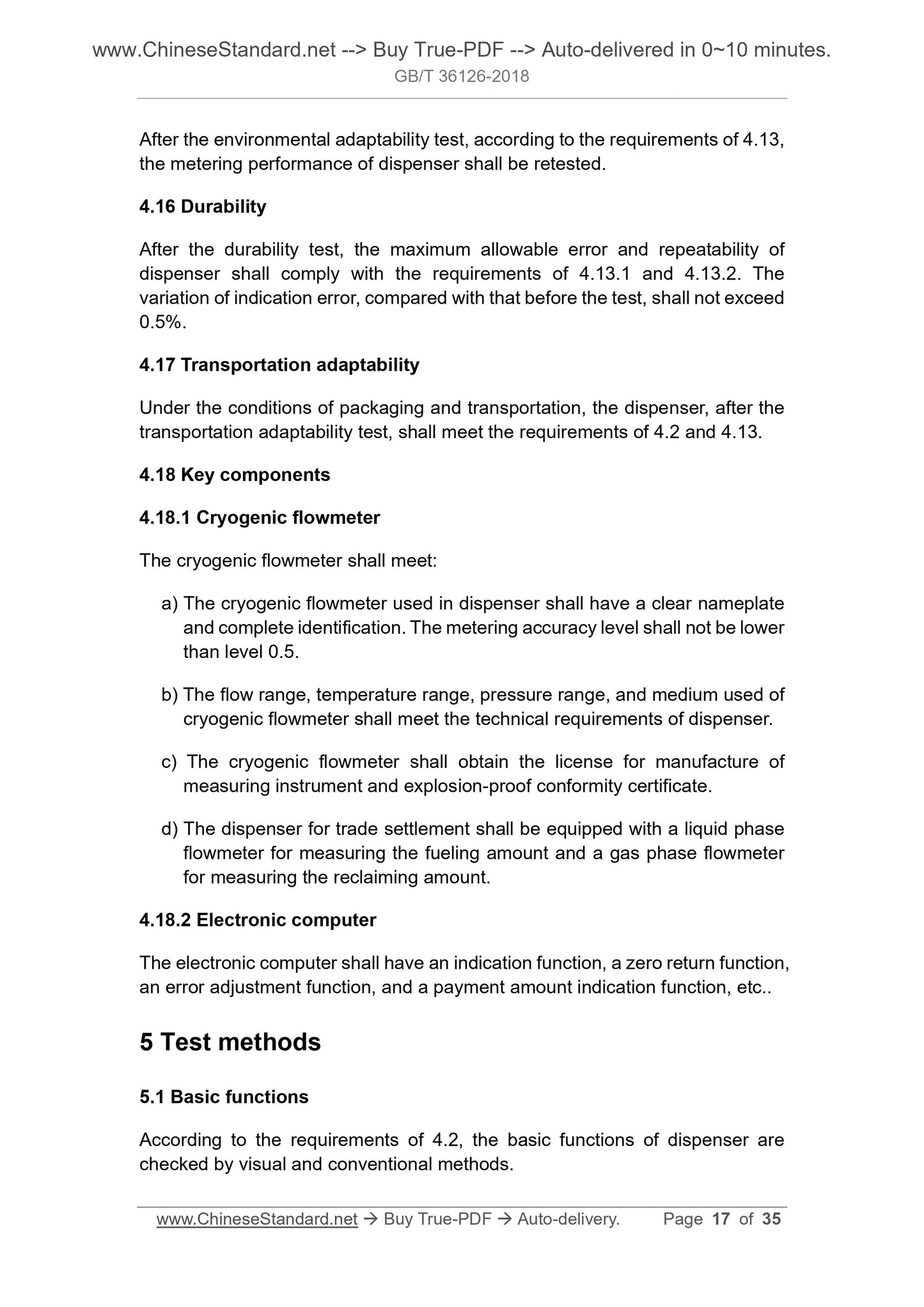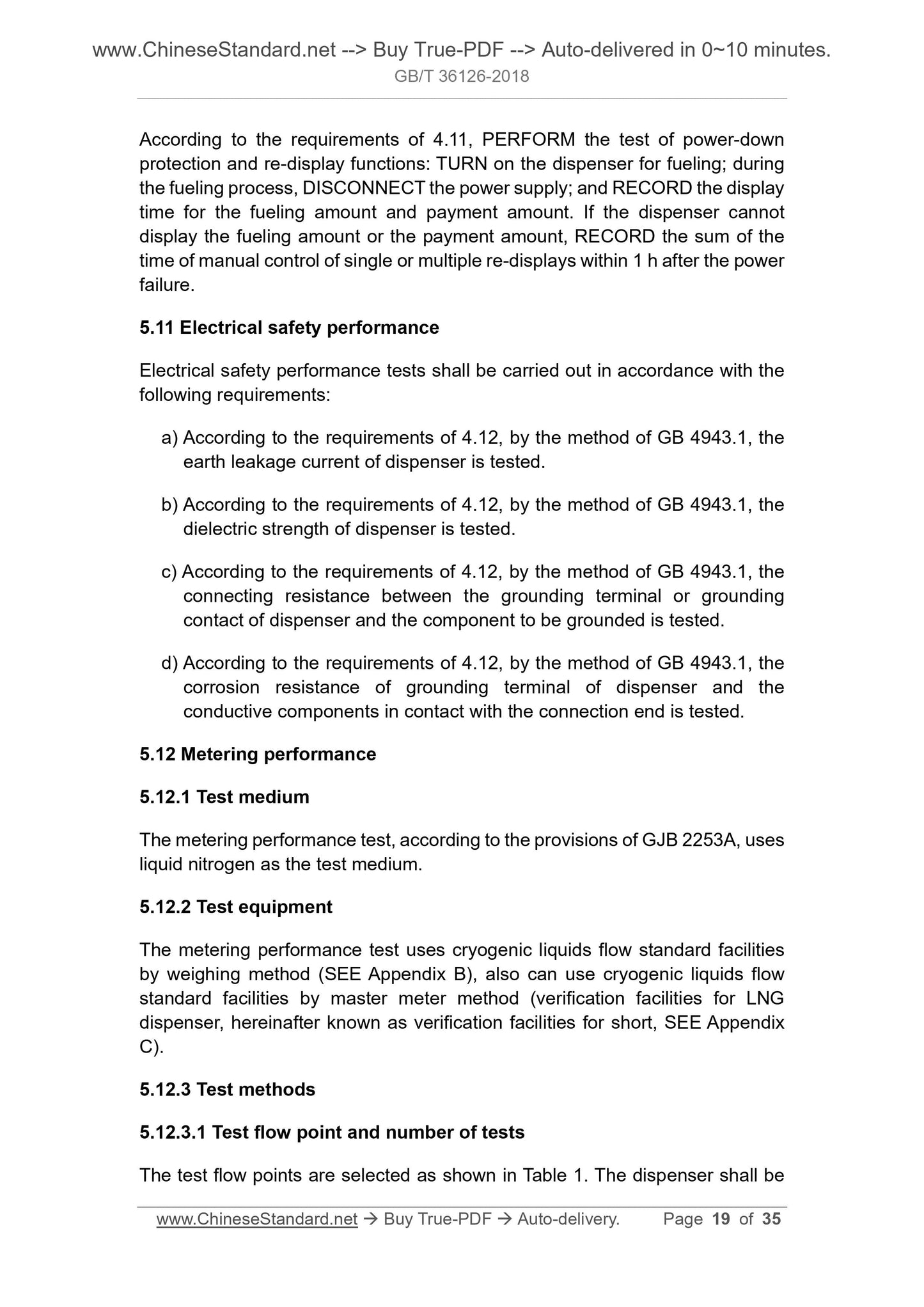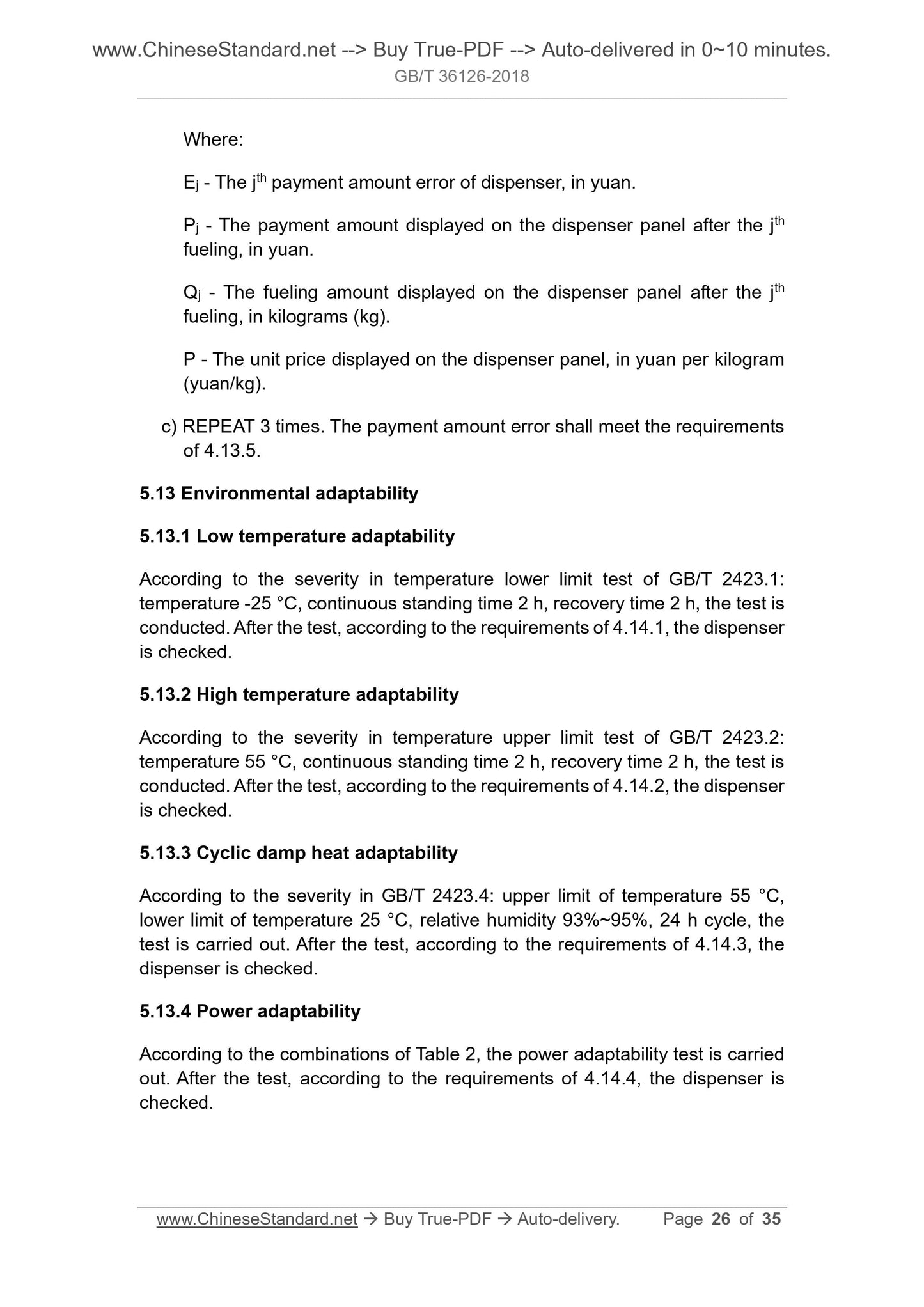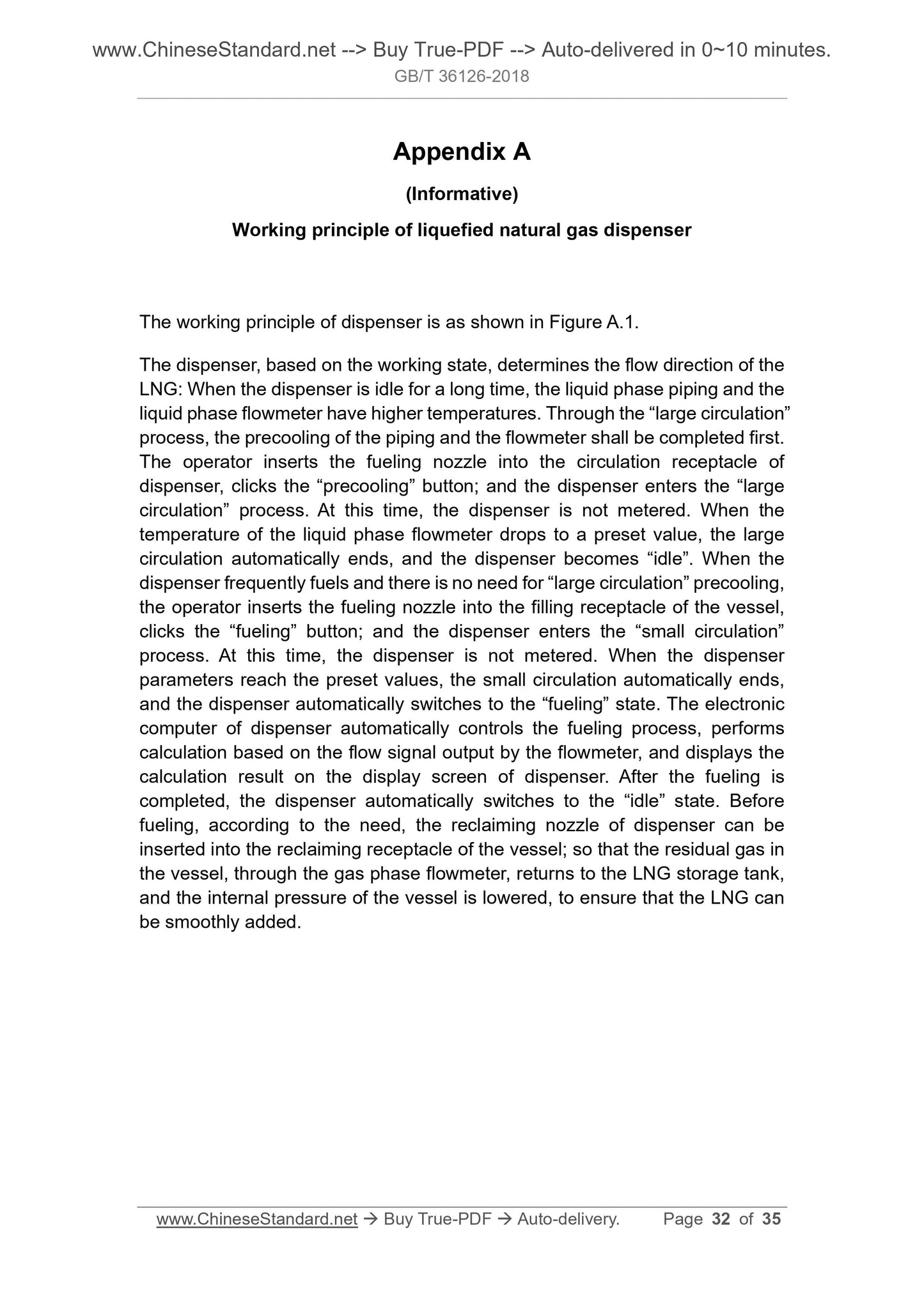1
/
of
12
www.ChineseStandard.us -- Field Test Asia Pte. Ltd.
GB/T 36126-2018 English PDF (GB/T36126-2018)
GB/T 36126-2018 English PDF (GB/T36126-2018)
Regular price
$160.00
Regular price
Sale price
$160.00
Unit price
/
per
Shipping calculated at checkout.
Couldn't load pickup availability
GB/T 36126-2018: Liquefied natural gas dispenser for vehicle
Delivery: 9 seconds. Download (and Email) true-PDF + Invoice.Get Quotation: Click GB/T 36126-2018 (Self-service in 1-minute)
Newer / historical versions: GB/T 36126-2018
Preview True-PDF
Scope
This Standard specifies the scope, normative references, terms and definitions,technical requirements, test methods, inspection rules, packaging,
transportation, and storage of liquefied natural gas dispenser for vehicle
(hereinafter known as dispenser for short).
This Standard applies to the design, manufacture, and acceptance of liquefied
natural gas dispenser for vehicle.
Basic Data
| Standard ID | GB/T 36126-2018 (GB/T36126-2018) |
| Description (Translated English) | Liquefied natural gas dispenser for vehicle |
| Sector / Industry | National Standard (Recommended) |
| Classification of Chinese Standard | A53 |
| Classification of International Standard | 17.120 |
| Word Count Estimation | 23,291 |
| Date of Issue | 2018-05-14 |
| Date of Implementation | 2018-12-01 |
| Regulation (derived from) | National Standards Announcement No. 6 of 2018 |
| Issuing agency(ies) | State Administration for Market Regulation, China National Standardization Administration |
Share
